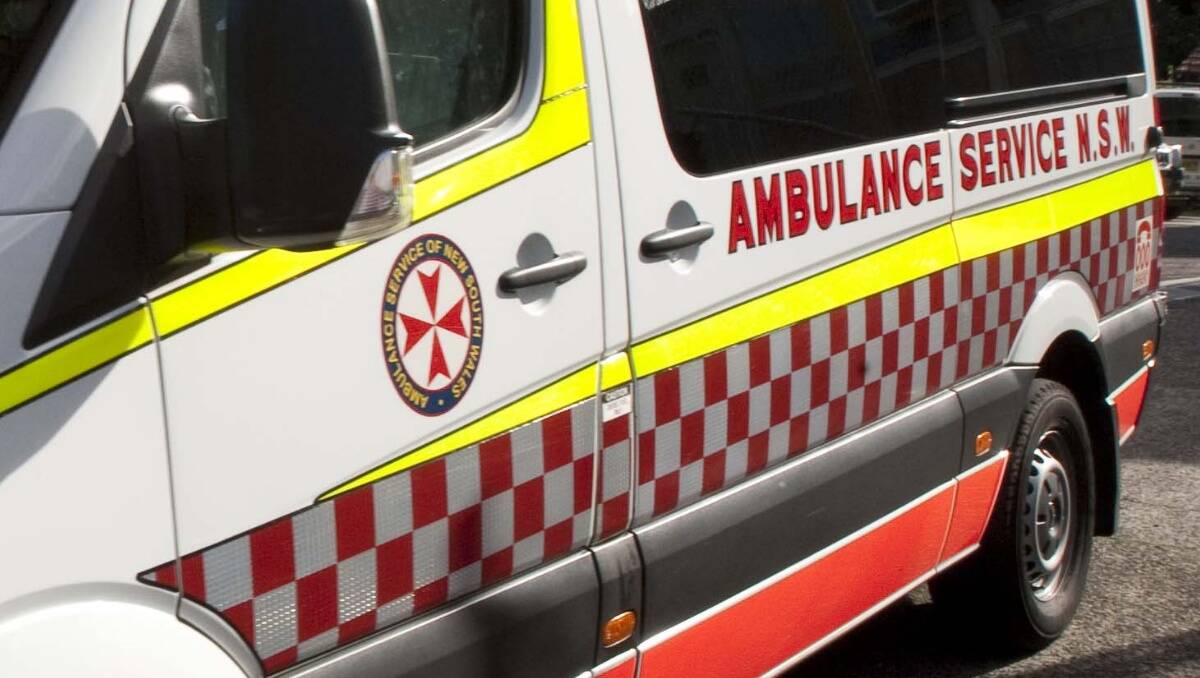FIGURES released by the Ambulance Service of NSW show paramedics are called to an alarming number of incidents in which elderly people suffer falls, many of which occur in western NSW.
Subscribe now for unlimited access.
$0/
(min cost $0)
or signup to continue reading
Paramedics responded to 6380 calls for help during February 2013, with most for people aged 65 and over.
In the first week of April, Western Region paramedics were called to 14 incidents in which elderly people had suffered falls.
These included a 70-year-old man who had fallen and fractured his hip in Mendooran on April 1 and an 81-year-old man who fell three metres from a ladder after it broke, injuring his had, shoulder and hand on April 2.
In another incident, a 79-year-old woman fell out of bed in Wellington, injuring her knee and cheekbone on April 7.
Acting Director of NSW Ambulance Research Dr Sandy Muecke said falls constituted the most common medical emergency attended by paramedics.
"Of approximately 825,000 emergency responses annually, almost 74,000 calls involve falls," Dr Muecke said.
"Sixty per cent of those involve people aged over 65."
Dr Muecke said responses to cases involving falls were most common for patients aged 80 years or older, most of whom had fallen from a standing height.
"For older people, two-thirds of falls happen in the home," she said.
Risk factors for falls included poor balance and eyesight, slippery surfaces and uneven ground.
The Ambulance Service of NSW has several tips for preventing falls at home, including:
* securing mats and rugs and ensuring they had slip-resistant backing
* slip-resistant mats in the shower and bath
* non-skid treads and non-slip paint on steps
* grab rails on showers and baths
* handrails on stairwells
* sensor lights in entrances, passageways and on stairs
* keeping regularly-used items in easy reach
* keeping electrical and phone cords away from walkways and ensuring beds were at a height easy to get in and out.


